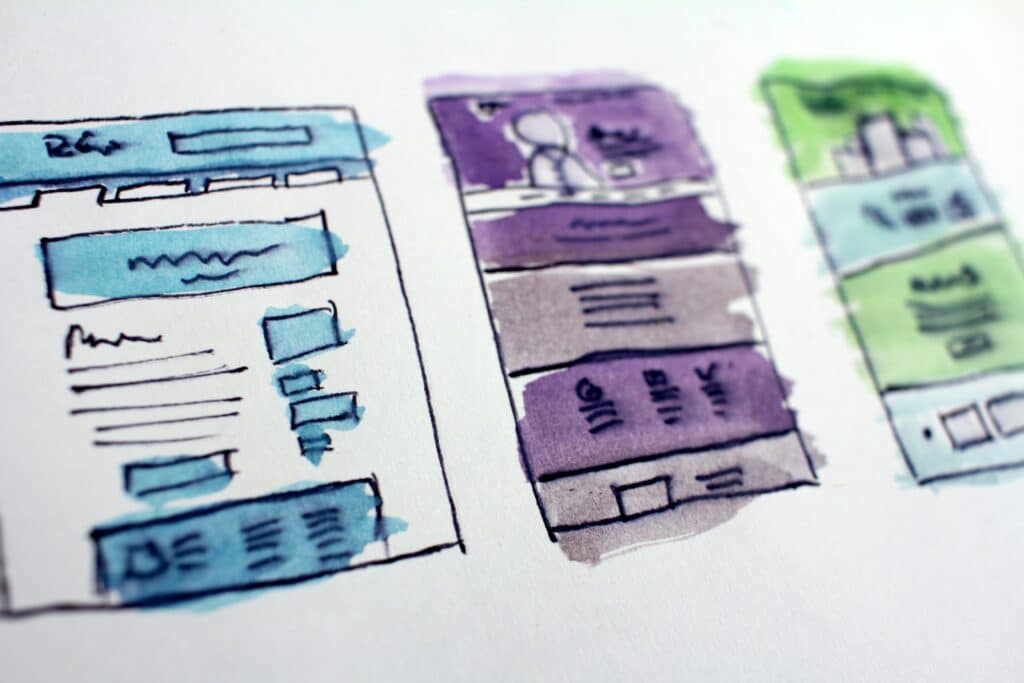Basics of Test Automation
Automation of tests is becoming increasingly important. The more complicated solutions, systems, applications and flows become, the more the difficulty of manual testing increases. Iterative releases require more and more recurring testing to ensure that functionality remains, or that new features work as intended. In many situations, automation is required to enable the testing to be performed.
Lemontree’s course in test automation focuses on going through the basics of test automation in order to begin the work of streamlining the test process with tools, methods and technology that add value in development and release projects.

Objectives of the Course
After completing the course, the intention is that you should know what can be automated, how automation can be introduced, tools and concepts in the world of automation, how different philosophies in development work together in automated testing such as e.g. E2E, GUI, Unit, API testing etc. We also go through when the respective test methodology works well and when it does not. During the course, we will also go through frameworks for test automation and how “shift left”, CI/CD and DevOps relate to the world of testing. After completing the course, you should have a good idea of the basics of automation in order to be able to take the next step in your organisation to introduce automation.
Previous Knowledge
It is good to have basic knowledge in testing. The course is a basic course that is independent of activities. Participants are likely to be QA, testers, test managers or operational experts.
Agenda and Contect:
The training sessions are divided into theoretical overviews, group discussion and individual tasks.
- Automation basics – what and when to automate tests?
- Review of different types of testing that can be automated
- What kind of automation tools are there and when should they be applied?
- Opportunities and risks of test automation – how to get started?
- Framework for testing, what to consider
- Data entry
- How the testing is run
- Reporting,
- Error Handling
- Scripting, module-based, visual aids for testing
- Management of automated tests
Course Length
The course is normally completed in one day. We adapt as needed. See also our training in Micro Focus UFT and our courses in ISTQB.
Contact patric.helje@lemontree.se for more information.
